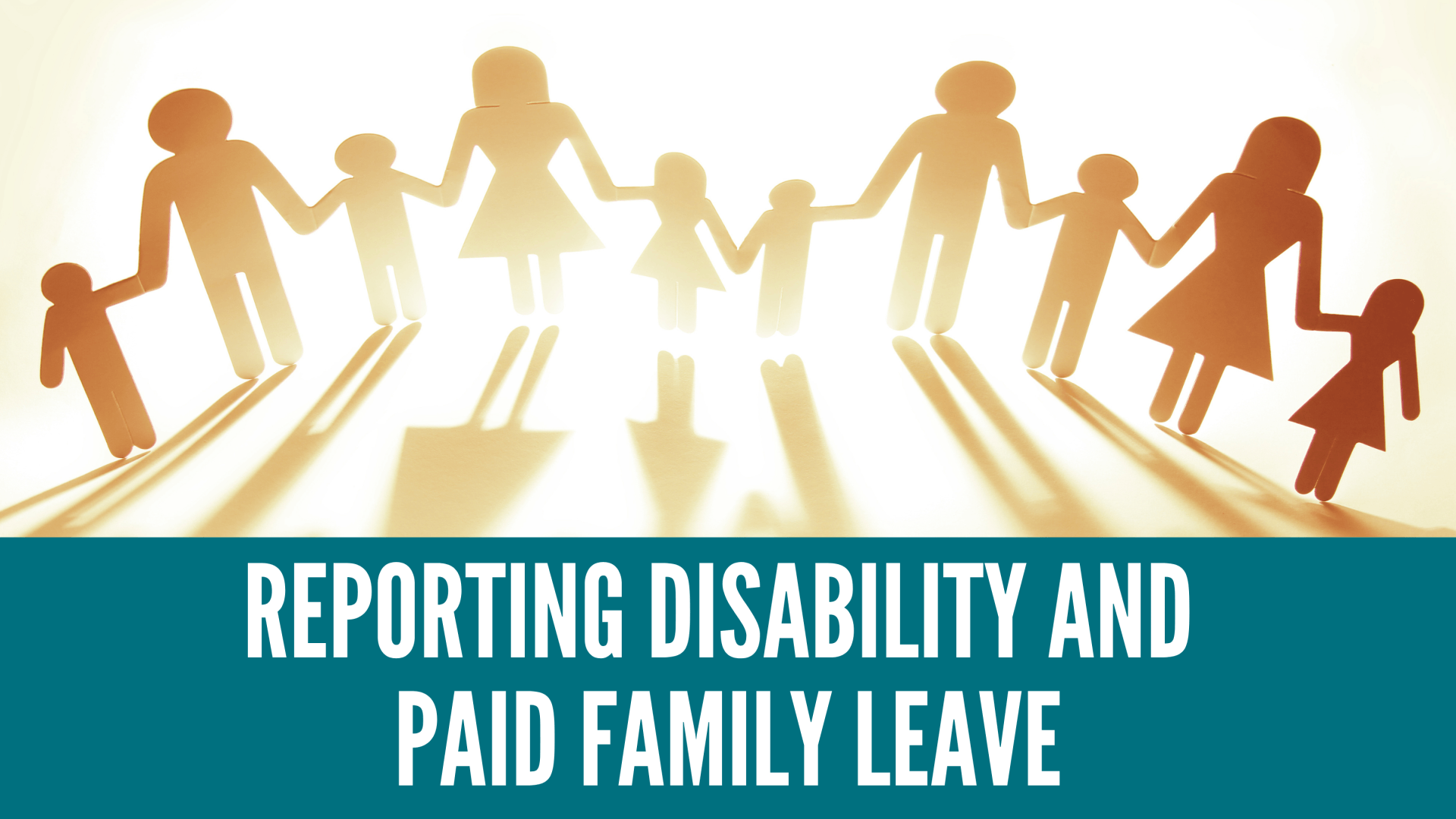
As we approach year end, it is time to make sure you are prepared to report any short-term disability (also known as Third Party Sick Pay or 3PSP) and paid family leave benefits received by employees during the year. To be able to do this properly, there are many aspects that need to be understood, which will be covered in this article.
Taxability
So what benefits are taxable to the employee or employer, and which are not?
NYS Mandated Disability
Only the portion of the premium payment made by the employer are taxable. The taxable amount is taxable for ALL employment taxes, employee and employer (FICA, FUTA, SUI, State and Federal). To calculate the taxable portion, you should review how much the employee contributes to the cost of the premium.
For example: The monthly premium for disability is $4.00. The employee contributes the standard $.60 a week. Take the $.60 times 52 weeks divided by 12 months to calculate the employee’s monthly contribution. That comes to $2.60. Next, divide that $2.60 by the actual premium amount. $2.60/$4.00 equals 65%. That means that 65% of the employee’s benefits received are non-taxable and only 35% are taxable. When completing the original disability claim form, the employer should be sure to indicate the taxable percentage, so the benefits are taxed appropriately. They should also check the statements of benefits when received to make sure that they were taxed appropriately.
NYS Paid Family Leave
When it comes to employer reporting, this is much simpler than disability. All benefit payments received for Paid Family Leave are fully taxable for state and federal taxes. They are not taxable for FICA, FUTA or SUI.
Reporting
So you have received statements of benefits received by your employees from the insurance company. What do you report and what don’t you report?
NYS Mandated Disability
The first thing to determine is what your agreement is with the insurance carrier in regards to this. Some insurance carriers will offer to pay employer matching taxes for Social Security and Medicare, as well as file year end W-2s. I personally don’t recommend this because they don’t cover any potential FUTA or SUI that may be due on those payments. If you do have an agreement like this in place, you need to determine if any of the payments are not excess wages for FUTA and SUI and if so, somehow get them recoded in your payroll system. I personally have never found a payroll system that handles this well. If you don’t have such an agreement in place, then it is your responsibility to record the benefits received by your employees so they can be taxed appropriately for the employer portion of taxes and included on the employee W-2. Most payroll systems have a setup in place for specifically recording Disability or Third Party Sick Pay.
NYS Paid Family Leave
This is much easier for employers, fortunately. There is no reporting requirement on the part of the employer. The insurance company should issue a 1099 to the employee for benefits received during the year.
Tax Withholding
So can my employees elect to have state and federal taxes withheld from their benefit payments?
NYS Mandated Disability
Most insurance companies will allow employees to complete withholding forms if they would like to have state and federal taxes withheld from their benefits. If an employee does not complete and submit these forms, no withholding will happen, and the employee will be responsible for the tax liability with their personal income tax filing.
NYS Paid Family Leave
While the NYS DOL does state that an employee can elect to have taxes withheld, we have found that some insurance companies actually don’t offer this option and suggest that the employee make estimated tax payments if they are concerned about their tax liability.
Sign up for our newsletter.




